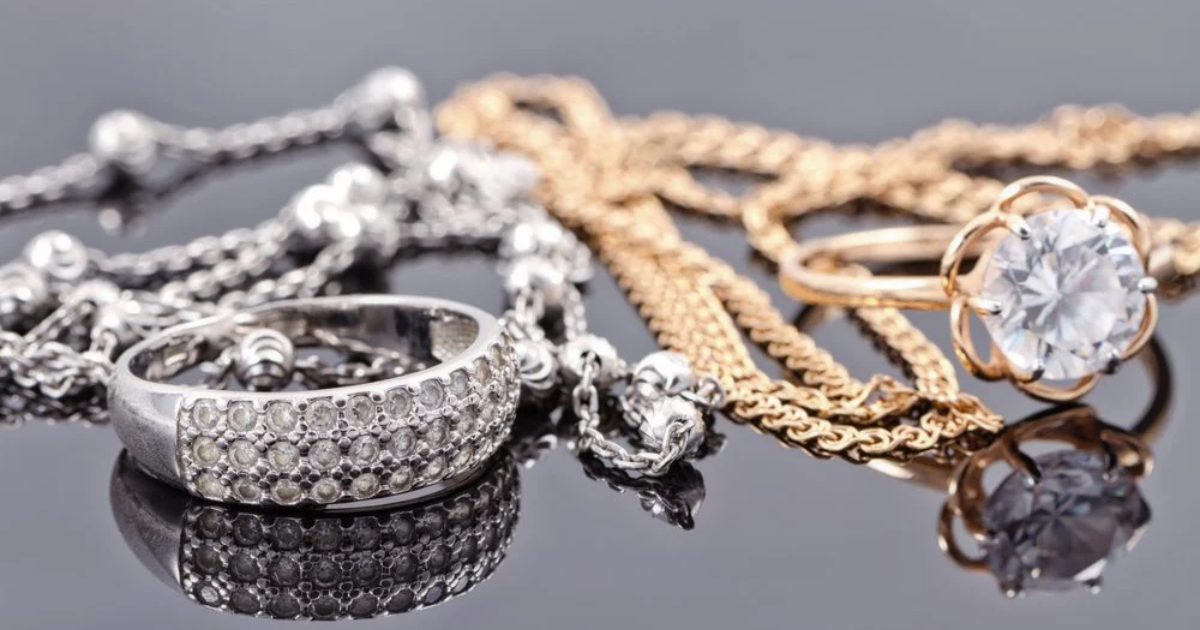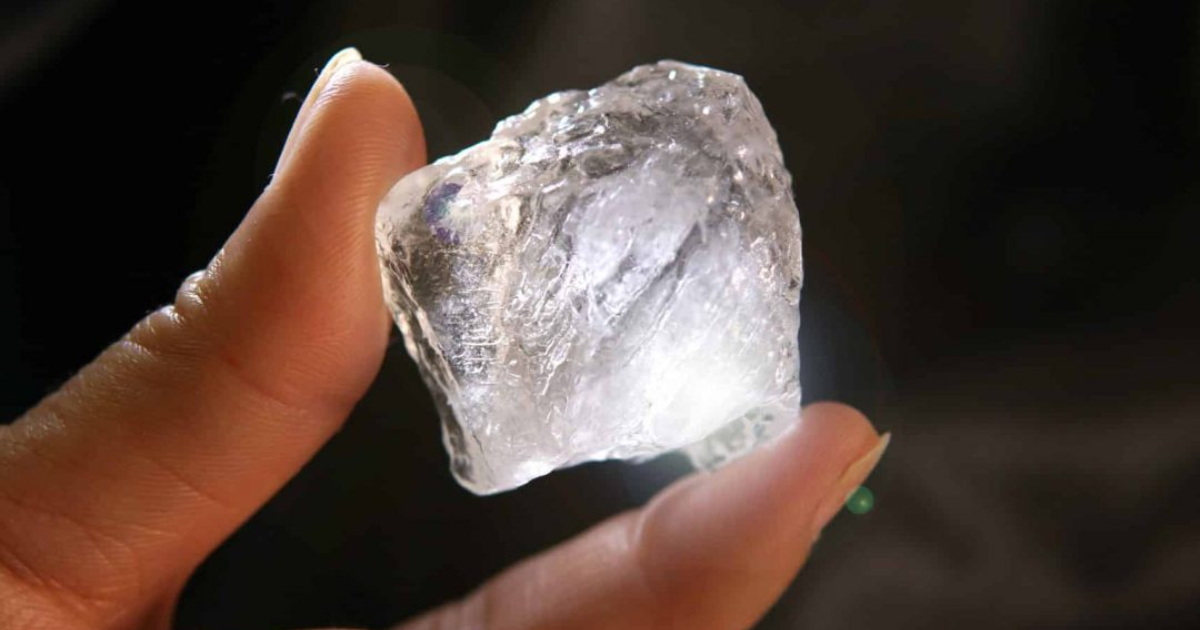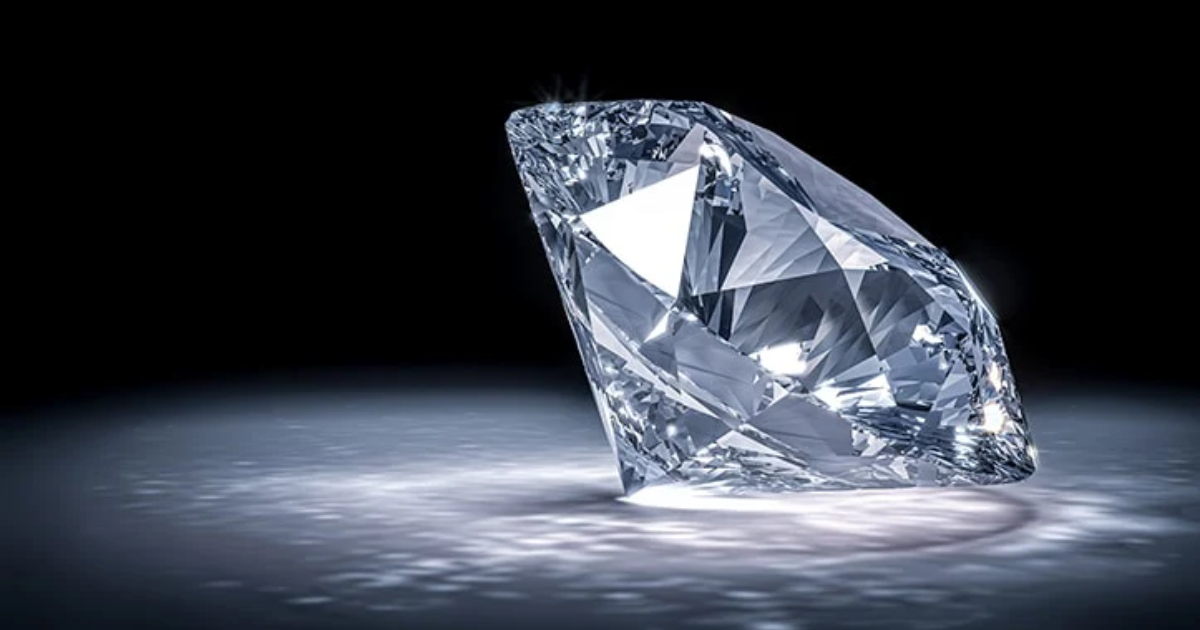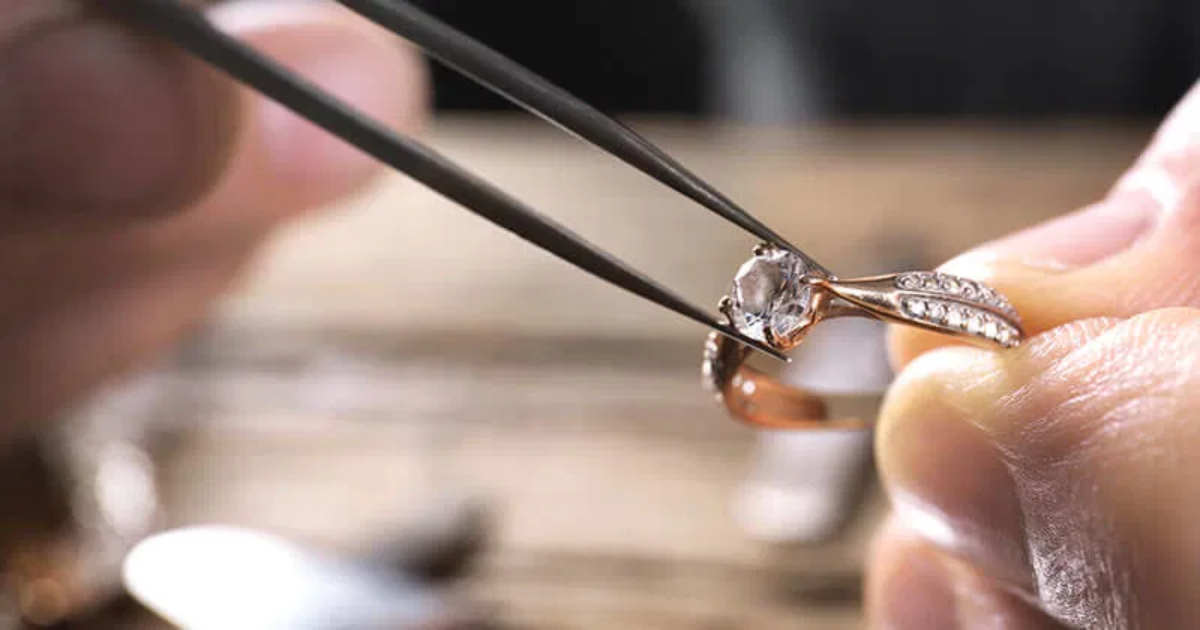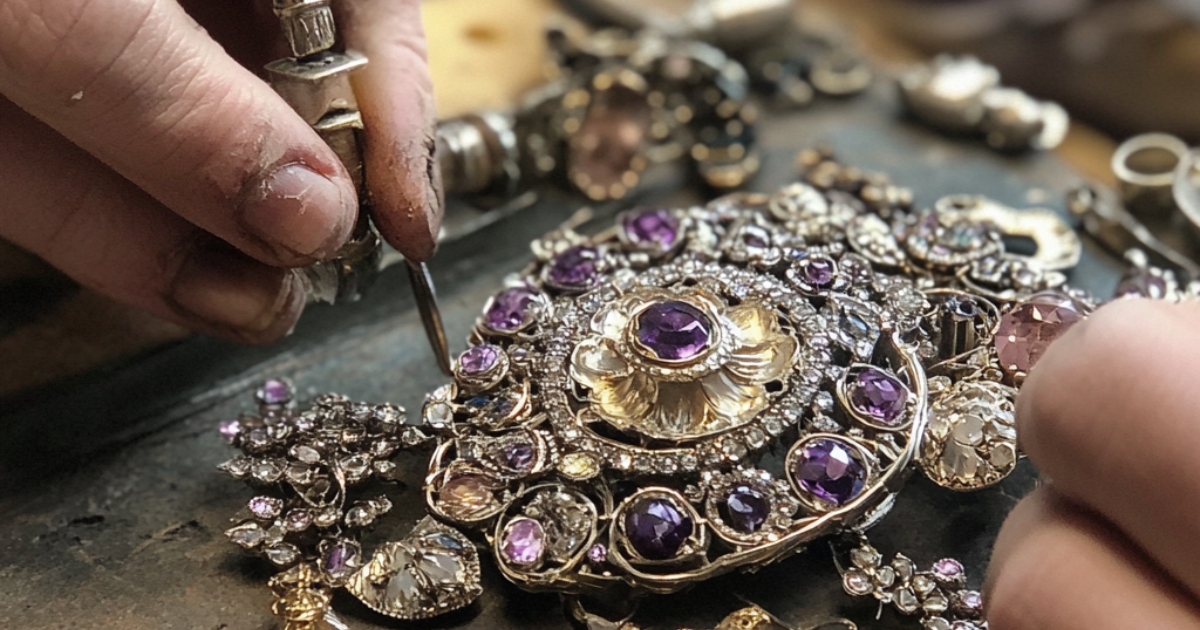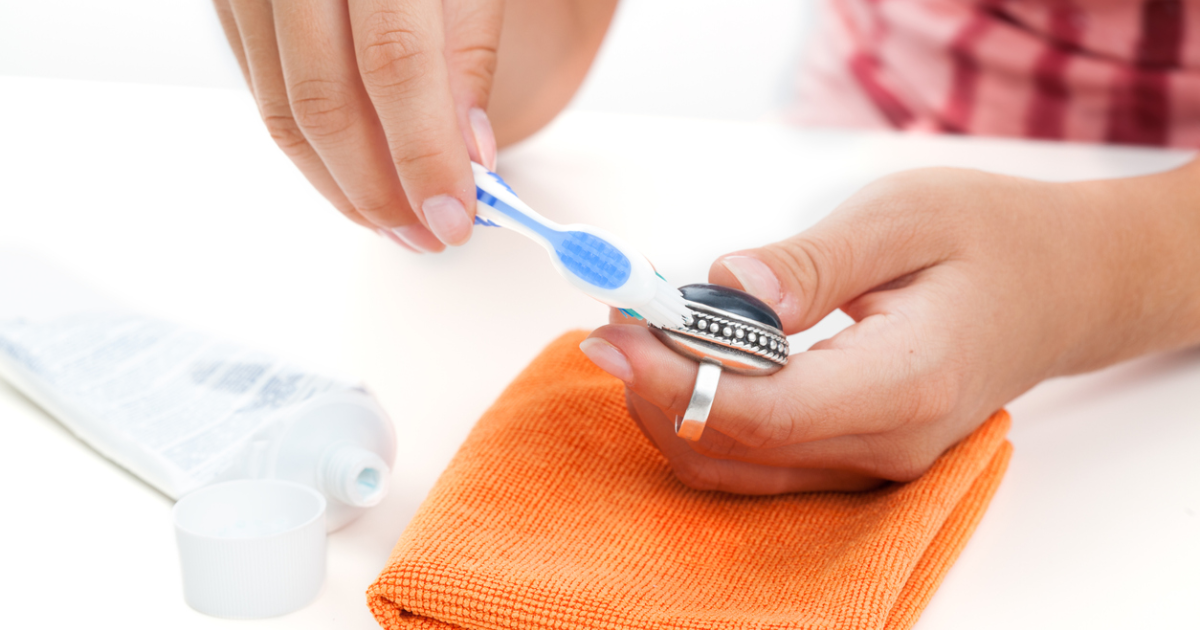The Most Precious Metals Used in Fine Jewelry
When you think about jewelry, your mind probably jumps to gold or maybe platinum. But there’s a lot more to the story. Some metals are simply more valuable, more durable, or more sought after than others. Whether you’re investing in a new piece or planning to sell, understanding the most precious metals can help you make better decisions.
So, what exactly makes a metal precious? And why do some command higher prices than others? Let’s explore the materials that have shaped fine jewelry for centuries, and still hold their status today.
What Defines a Precious Metal?
A precious metal isn’t just any shiny substance. These metals are rare, naturally occurring, and have high economic value. They’re also chemically stable, meaning they resist corrosion and tarnish over time. That’s why they’ve been used in currency, art, and jewelry for thousands of years.
In jewelry, the most precious metals are selected for their beauty, longevity, and ability to retain or even appreciate in value. Not every shiny material makes the cut, only a few have earned their place at the top.
Gold: The Timeless Standard
It’s no surprise that gold tops the list. Pure gold (24K) is soft and rich in color, but it’s often alloyed with other metals to create 18K or 14K gold, offering strength without sacrificing beauty. Yellow, white, and rose gold all have their own distinct appeal.
Gold’s value is deeply rooted in history, but it’s also shaped by market demand. Its weight is measured in troy ounces, and its price changes daily based on global trends. If you’re thinking about selling gold jewelry, understanding purity and current market rates can help you maximize your return.
At Ayan Jewelry, we evaluate all forms of gold, from rings and necklaces to bullion bars and coins, offering competitive prices based on real-time value.
Platinum: Strength Meets Prestige
Platinum is denser and more durable than gold. It’s often used in high-end settings, especially for diamonds, because it holds stones securely and resists wear. Its natural white color won’t fade or tarnish, which is one reason it’s favored for engagement rings and fine watches.
Among the most precious metals, platinum commands a high price because it’s rarer than gold, and more difficult to work with. When you own platinum jewelry, you’re not just wearing something beautiful; you’re holding a piece of material luxury that’s built to last.
Palladium, Rhodium & Others
Palladium and rhodium may not be household names, but they’re part of the platinum family and play a major role in luxury jewelry. Rhodium, for example, is often used to plate white gold, giving it that mirror-like finish.
These metals are lighter and often more reactive than platinum, but their rarity and shine place them firmly in the category of most precious metals. Due to global supply limitations, their prices can even exceed those of gold or platinum during certain market conditions.
Considering the Value of Your Jewelry?
If you’re thinking about selling or appraising your jewelry, it’s important to know what metals your pieces are made of, and what they’re worth in today’s market. Whether it’s a family heirloom, an estate collection, or a designer item, the metal plays a major role in determining value.
At Ayan Jewelry, we specialize in evaluating fine pieces made from the world’s most precious metals. Our experts take every factor into account, from purity and weight to craftsmanship and market trends, so you can feel confident in the offer you receive.


